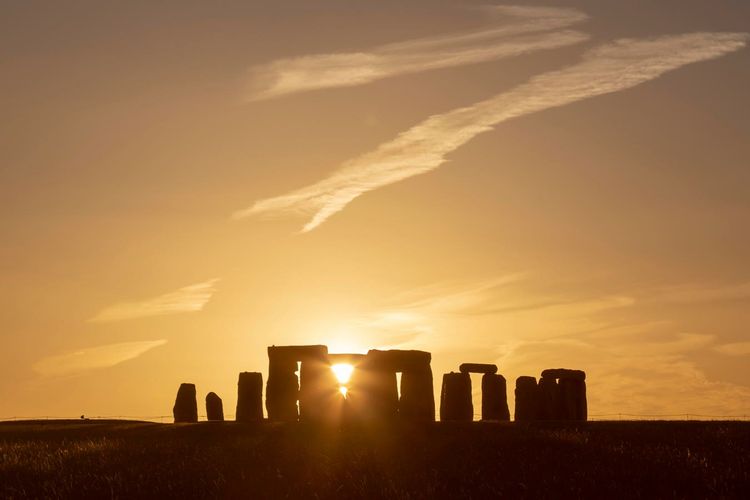Summer Solstice 2024: What It Is And Why It's The Earliest For 228 ...

Stonehenge will celebrate the earliest June solstice since 1796.
gettySolstice—the longest day of the year in the northern hemisphere and the shortest in the southern hemisphere—will occur on Thursday, June 20, at 20:50 Universal Time (4:50 p.m. EST).
It signals the beginning of astronomical summer north of the equator and winter in the southern hemisphere. The sun will not set at the north pole, and at the south pole, it will not rise.
Here’s everything you need to know about the June solstice this week, including why it’s the earliest since 1796.
ForbesStonehenge Sprayed With Orange Paint One Day Before Summer SolsticeBy Jamie Carter
Solstice ExplainedSolstice is a result of Earth rotating on an axis that’s tilted by 23.5 degrees. This obliquity is probably the result of an impact with an asteroid. During its annual orbit of the sun, different parts of Earth receive sunlight for different lengths of time.
This week, the northern hemisphere is tilted towards the sun to its maximum extent, so the sun rises at its farthest northeast on the horizon, reaches its most northerly point in the sky at midday (hanging above the Tropic of Cancer, an imaginary line 23.5° north of the equator), and sets farthest northwest. It, therefore, stays in the sky for longer, meaning the longest day and more sunlight than at any other time, which means the warmest temperatures.
The complete opposite is happening in the southern hemisphere. The next solstice will occur on December 21, when the reverse occurs.
ForbesWhy We Have Leap Days Every 4 Years-But Not AlwaysBy Jamie Carter
Why Solstice Is So EarlyThe dates of solstice occur within a range. June’s solstice always happens on June 20 or 21, and December’s solstice on December 21 or 22. However, according to Ethan Siegel on Big Think, 2024’s summer solstice will be Earth’s earliest since 1796, when George Washington was President of the U.S. And Edward Jenner was testing his revolutionary vaccine for smallpox in England. The reason is that 2024 is a leap year in a century that doesn’t end with one.
While most years have 365 days, every four years, there’s a leap year of 366 days to account for the fact that Earth completes one orbit of the sun in precisely 365 days, 5 hours, 48 minutes and 45 seconds. February 29 adds 24 hours, but four lots of 5 hours, 48 minutes and 45 seconds do not equal 24 hours. The Gregorian calendar skips three leap days every four centuries to prevent a drift over the years. In 2100, a leap year will be skipped, making this a “non-leap century.”
In leap years, solstices (and equinoxes) occur 18 hours earlier than the year before, and 45 minutes earlier than the previous leap year. So a long-term drift is making the time of solstices earlier each year until that’s halted in 2100. Until then, the time of solstices will get slightly earlier. So it’s essentially a story about the difference between our human-defined calendar time and the actual celestial movements.
Follow me on Twitter/X and Instagram.
Pick up my books Stargazing in 2024, A Stargazing Program For Beginners and When Is The Next Eclipse?
Wishing you clear skies and wide eyes.
Follow me on Twitter or LinkedIn. Check out my website or some of my other work here.

















































